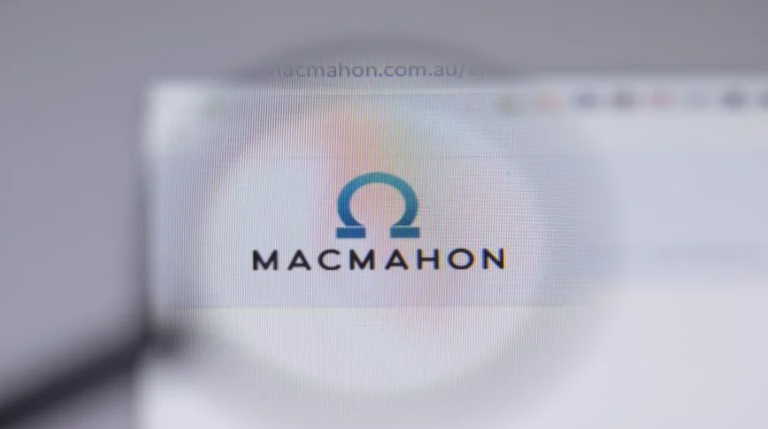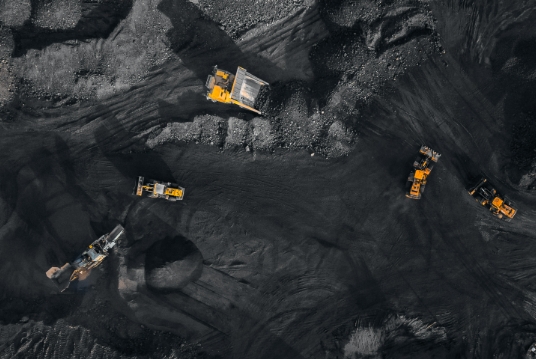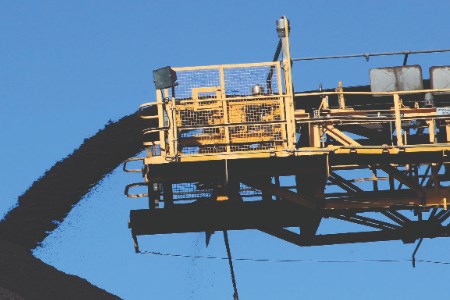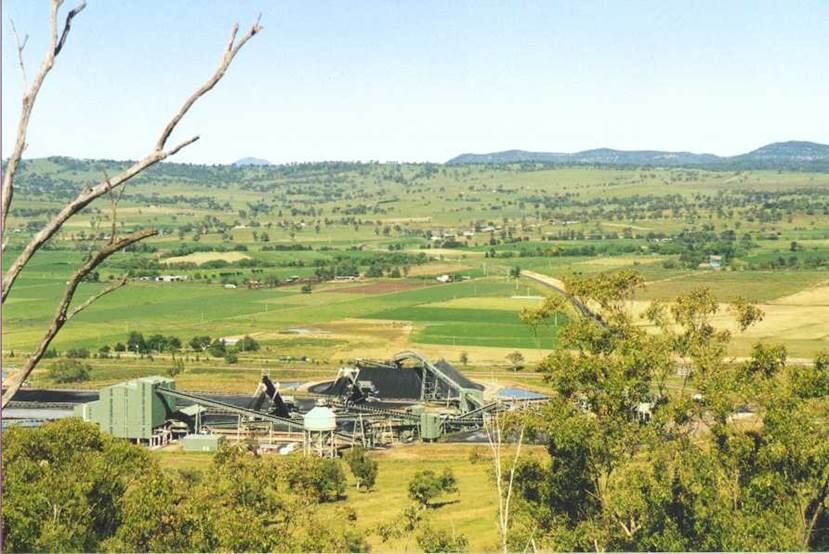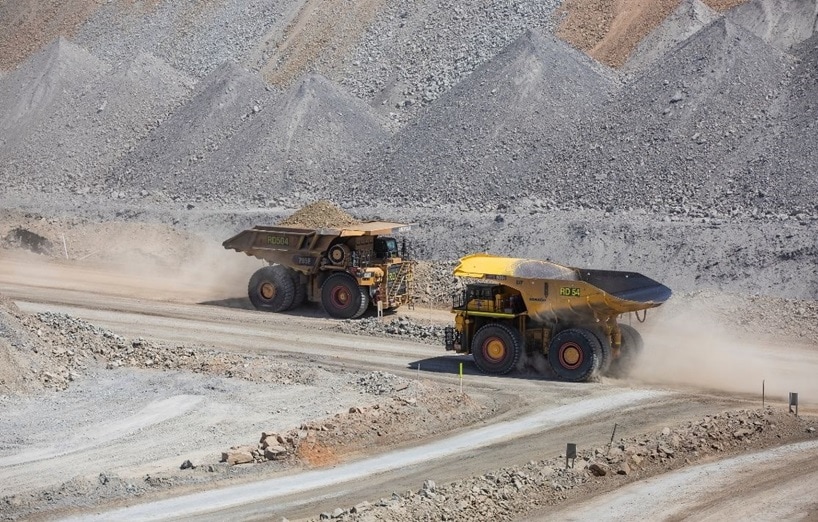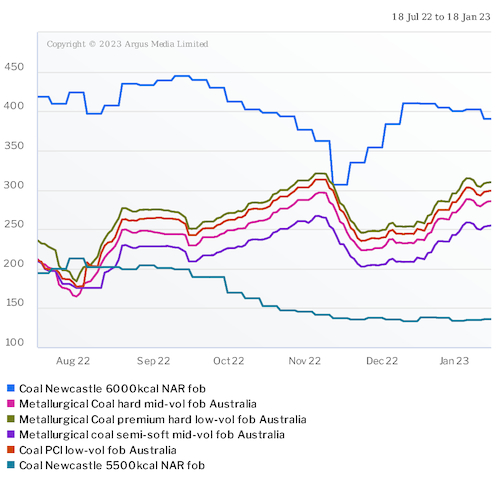According to BNamericas, the 18-turbine project on the Xingú River in Pará state is operated under a 35-year concession contract by the Norte Energia consortium, which includes state-run Eletrobras, Eletronorte, Cemig, Light and Chesf. It will be the third largest hydropower plant in the world, behind Three Gorges in China and Itaipu in Brazil and Paraguay.
Construction cost US$9.19 billion and was marked by strikes, community protests, vandalism, licensing delays and court-ordered stoppages.
The Belo Monte powerhouse began dispatching electricity to Brazil’s grid in April 2016, more than a year behind the original schedule of February 2015. After construction started in 2011, the unit was targeted by the Lava Jato corruption probe, which investigated alleged bribes paid to the PMDB party, in addition to claims that the plant’s cost was inflated by kickbacks to fix the tender’s outcome.
The operating license for the plant was also suspended several times over alleged environmental breaches. Disputes between Norte Energia and local government officials over construction of sewer systems in municipalities affected by the plant also caused controversy, BNamericas said.
According to the previous government, Belo Monte was key to Brazil’s hopes of meeting expected electricity demand growth. On the other hand, environmentalists were strongly against its construction, claiming it would flood 400,000 ha of virgin rainforest, pollute water supplies and displace 20,000 people from indigenous tribes.
